Editor's note: On the occasion of the 50th anniversary of national reunification, VietNamNet newspaper introduces a series of articles with the theme "April 30 - a new era". Experts, military experts, and historical witnesses shared memories, lessons, and experiences from the victory of the resistance war against the US to save the country. That is the strength of national unity, the lesson of mobilizing people's strength, gaining international support; diplomatic and military lessons in the resistance war for the task of protecting the Fatherland early and from afar. That is the creativity, resilience, and strength of people's war for the cause of national liberation, a great lesson in promoting internal strength for the cause of building and protecting the Fatherland. VietNamNet invites readers to meet the “living monuments”, the rare remaining witnesses of historical moments. They are the uncles and aunts who are former commando soldiers, former political prisoners, those who participated in student movements, urban struggles… They have devoted their youth, faith, determination and hope to the day of total victory. |
Surprise attack
One day in April, Mr. Tran Van On (born 1948, Go Cong, Tien Giang ) was at a coffee shop next to Tan Son Nhat airport.
Looking towards the runway, listening to the roar of the engines, memories of the days participating in the attack on this airport 50 years ago flooded his mind.
“On the evening of April 28, 50 years ago, I and the Quyết Thắng Squadron dropped bombs and bombed this airport. But to carry out that historic battle, we started preparing from the first days of April,” he said, starting to piece together his memories.
Mr. Tran Van On and Mr. Tu De look at Tan Son Nhat airport, April 2025. Photo: Nguyen Hue
On April 19, 1975, the Ho Chi Minh Campaign Command directed the Air Defense - Air Force to participate in the campaign, opening an additional air front.
To ensure the element of surprise, the Air Defense - Air Force Command decided to use the captured American aircraft to bomb Saigon.
However, at that time, Northern pilots were used to flying Soviet MiG aircraft. Meanwhile, the aircraft captured from the US, the A-37, was completely unfamiliar.
To carry out the mission, the pilots decided to learn and use this type of aircraft with the former pilots of the Republic of Vietnam Air Force. One of the former pilots was Mr. Tran Van On.
Mr. On said: “I met the Northern pilots in Da Nang. The first person to contact me was Tu De. When I first heard they called me to meet them, I was very scared.
But when I got to the airport, I met and talked to them. I saw that they were very cheerful, spoke softly and politely, so I was less nervous. After that, they exchanged their intention to ask me and Mr. Sanh (another defector, also a pilot of the Republic of Vietnam Air Force - PV) to help me learn how to use the A-37 aircraft.
I knew they were very good at flying MiGs, but I had never been exposed to the A-37 so I was a little confused. Because the signs on the MiG were in Russian, while on the American A-37s they were all in English.
While instructing them to understand the symbols, I translated them into Vietnamese, wrote them down on paper, and then stuck them on the control buttons that would be used most in the cockpit. They learned very quickly, and after only a few days, everyone had successfully test-flown.
Mr. On is often referred to as a special pilot. Photo: Nguyen Hue
After the lightning training was more successful than expected, on April 27, 1975, Mr. On and his pilots flew to Phu Cat airport (Binh Dinh province). Here, he continued to test fly 5 A-37 aircraft to ensure they were still in good working order and could be used in a raid on Saigon.
On the morning of April 28, 1975, at Phu Cat airport, Colonel Le Van Tri - Commander of the Air Defense - Air Force decided to send a force to participate in the battle, including 6 pilots: Nguyen Van Luc, Tu De, Han Van Quang, Nguyen Thanh Trung, Hoang Mai Vuong and Tran Van On. The flying squadron was named the Quyet Thang Squadron.
At 9:30 a.m. the same day, 5 A-37 aircraft of the squadron, each carrying 4 bombs and 4 barrels of oil, were ordered to fly from Phu Cat to Thanh Son airport (Phan Rang province). Here, the squadron landed, ready to wait for orders to fly to Saigon.
Mr. On recalled: “Because Mr. Trung was very knowledgeable about the terrain of Saigon, he was ordered to fly as the guide. After Mr. Trung were Mr. Tu De and Mr. Luc flying in position number 3. Mr. Vuong and I were number 4, and Mr. Quang was number 5.
As we headed towards Saigon, we flew low to avoid radar. As we approached Tan Son Nhat, we diverted to Ba Ria-Vung Tau to create a distraction.
It was getting dark so when we circled back the enemy had not yet spotted us. We circled around, identified the target and dropped the bomb. In the blink of an eye, dozens of planes were destroyed, the whole airport was ablaze...
When Thanh Trung cut the bombs, two did not fall. After the others cut all the bombs, Trung asked me how to cut the remaining two bombs.
I instructed him to turn on another switch. He mastered the technique, flew around to successfully drop the bomb a second time, then we regrouped and flew back to Da Nang.
Before joining the Victory Squadron, Mr. On was on the other side of the battle line. Photo: Nguyen Hue
The bombing of Tan Son Nhat by the Quyet Thang Squadron left the airport paralyzed and in complete disarray. The American plan to evacuate the airport en masse by heavy jets failed and had to be replaced by small helicopters parked on the roofs of high-rise buildings.
The special pilot
For many years, Mr. On has been called a special pilot by many people. Because a few days before becoming a member of the Victory Squadron, he was a Lieutenant pilot of the Republic of Vietnam Air Force.
However, Mr. On never wanted to become a pilot.
Born into a poor farming family, Mr. On wanted to escape poverty through education. However, right after passing the baccalaureate exam, he was drafted into the army during the general mobilization in 1968. With good health and qualifications, Mr. On was transferred to the air force reserve.
In 1971, he was sent to the US to train to fly the A37 aircraft. After 18 months of training, he was brought back to Vietnam and assigned to the Da Nang Air Force. Here, he became famous for defying orders, because he clearly felt that this was an unjust war.
“Around the end of March 1975, while in Da Nang, I heard that the liberation army had liberated Hue and was rushing into the city. At this time, many people fled to Saigon or abroad.
They also advised me to evacuate to Saigon, or even leave the country. However, I thought that with the strength and momentum of the storm, the liberation army would quickly advance to Saigon in a short time.
So I chose to stay because I still have my family back home. I don’t know how I will live abroad, in a foreign land. And most of all, I love my homeland.
In the end, I chose to stay in Da Nang, reported on April 5, 1975, and then participated in a re-education camp waiting for the war to end, until the Northern pilots trusted me to participate in A-37 flight training," Mr. On recalled with emotion.
Mr. On became one of the pilots participating in the bombing of Tan Son Nhat airport on April 28, 1975. Photo: Nguyen Hue
When he heard the news that he was joining the Victory Squadron, Mr. On was both proud and happy.
"I knew the battle would be successful, Saigon would certainly be liberated, the war would end, and no one would have to sacrifice. With that belief, I carried out my mission with the highest determination and greatest excitement.
Until now, I still say that the decision to join the Victory Squadron was the best and proudest decision of my life."
After the historic bombing of Tan Son Nhat airport, Mr. Tran Van On continued to work with Mr. Sanh to train new pilots and directly participated in combat on several islands.
When the Southwestern border war broke out, he and his comrades performed their duties, achieved many feats, and forced the Khmer Rouge to flee. Then, in 1977, he asked to leave the army and quietly returned to his hometown in Tien Giang.
In his hometown, few people know that Mr. On was once a member of the Victory Squadron and had fought heroic air battles.
At first, he and many farmers and soldiers dug canals, dredged irrigation canals, discharged salt water, and washed fields. Seeing that he was educated, the local government encouraged him to teach literacy.
The heroic pilot accepted and became a village teacher. After that, he also worked in the fields, happily playing the role of a hard-working old farmer with muddy hands and feet.
After the victories, he suddenly left the army and quietly returned to his hometown to farm. Photo: Nguyen Hue
The "lost" medal
Participating in the bombing of Tan Son Nhat airport, Mr. On and the members of the Quyet Thang Squadron were awarded the First Class Liberation Feat Medal. However, at that time, he did not know that he was awarded the medal.
When he left the army and returned to his hometown to become a farmer, without any documents proving that he had participated in the war to protect the country, Mr. On encountered many difficulties in life. He was once ridiculed by the old regime as a "traitor". Meanwhile, in the locality, he also had to live under the suspicious and scrutinizing eyes of the people around him.
Faced with that situation, in 2005, he sold his garden to have money for travel expenses to Da Nang City to find documents confirming his revolutionary contributions, to make life easier.
After more than 30 years, Mr. On received the noble medal. Photo: Nguyen Hue
Mr. On emotionally recounted: “At that time, I had a very difficult time. When I went, I only had a thin shirt on and a pair of worn-out sandals on my feet.
In Da Nang, I went to the 372nd Air Division and contacted and asked to meet Mr. Han Van Quang, who was the Division Commander at that time. Meeting each other again after 30 years apart, we were both happy and moved.
Mr. Quang immediately called Hanoi to inform Mr. Luc, Mr. De... then bought tickets, and went with me to the North to reunite with the brothers. Arriving in Hanoi, the brothers in the squadron were both happy and sad, shaking hands and greeting each other, extremely happy.
It was cold in Hanoi, and I was shivering with only a thin shirt on. Seeing that, Mr. Luc lent me a warm coat to wear temporarily and then we met and went sightseeing together.
After that, the brothers in the squadron tried to support me in life. After returning home for a while, I was happy to receive news from Tu De that I had received a medal after the bombing of Tan Son Nhat airport.
Hearing the news, I was very surprised and extremely happy. Only then did I know that I had also received the medal. Mr. De said that the Air Defense - Air Force still had the medal and would give it to me.
After that, I was invited to Ho Chi Minh City to receive the medal. However, Mr. Tu De did not agree, saying that it was unreasonable.
He wanted me to receive a medal locally so that everyone would know that I had contributed to the revolution."
Mr. On and the noble medal. Photo: Nguyen Hue
In August 2008, witnessed by dozens of local officials and people, the ceremony to award the First Class Liberation Feat Medal to Mr. Tran Van On was solemnly held at the People's Committee of Go Cong commune.
Holding the medal and certificate, which had faded with time, Mr. On was moved to tears. At the end of the ceremony, he could not hide his pride, but said that he would wrap the medal in a bag to take home.
Once again, Mr. Tu De did not agree. He asked his comrade to wear the medal on his chest and take the widest and longest road home. Mr. De wanted the local people to see how Mr. On had contributed to the revolution…
“I listened. So that day, I wore my medal, held my certificate of merit, sat on the motorbike saddle and let my teammates take me on the longest village road home.
It was a great joy and pride. Since the day the country was reunified, until that day, I had such great joy again" - Mr. On expressed.




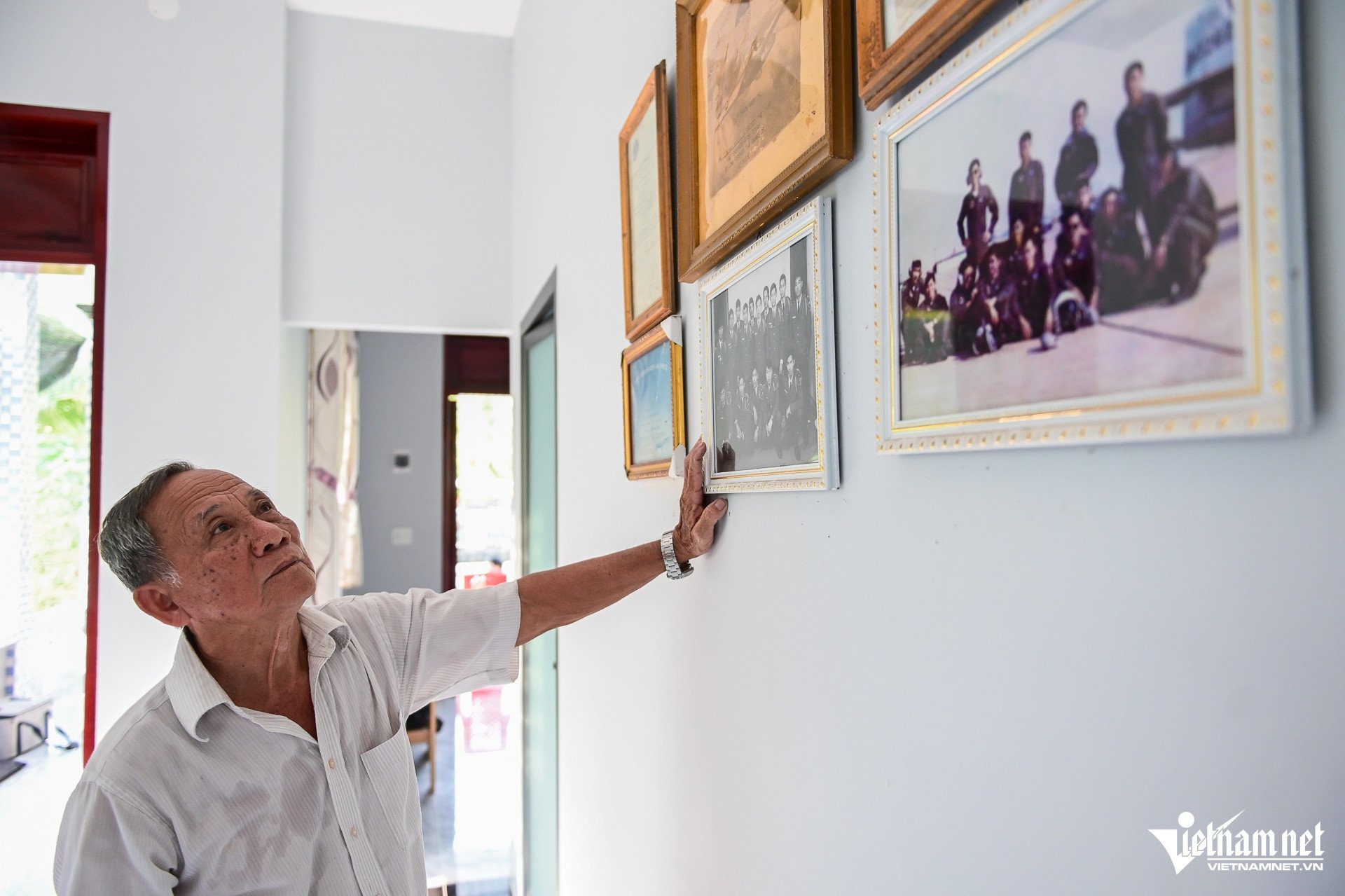

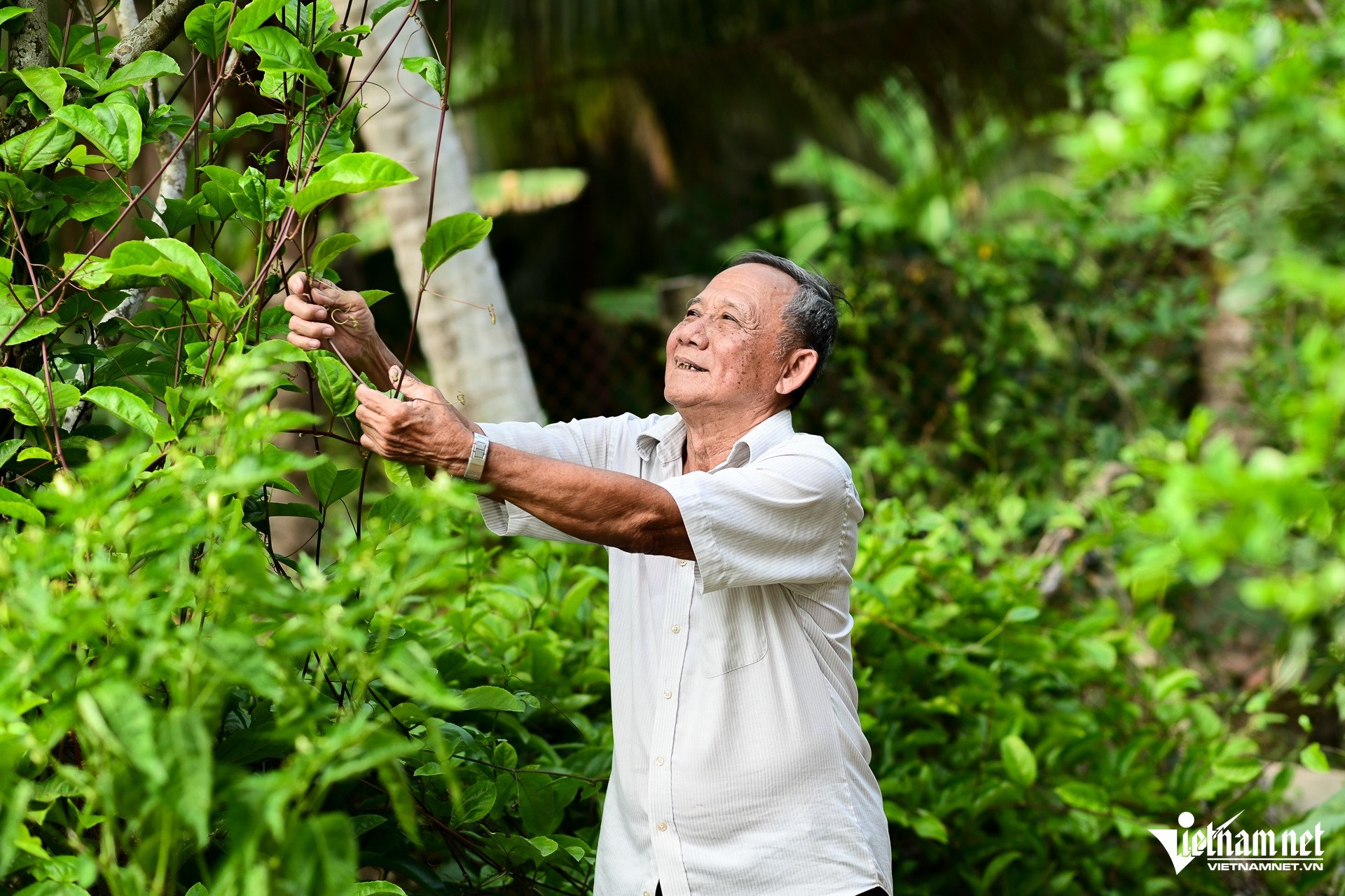
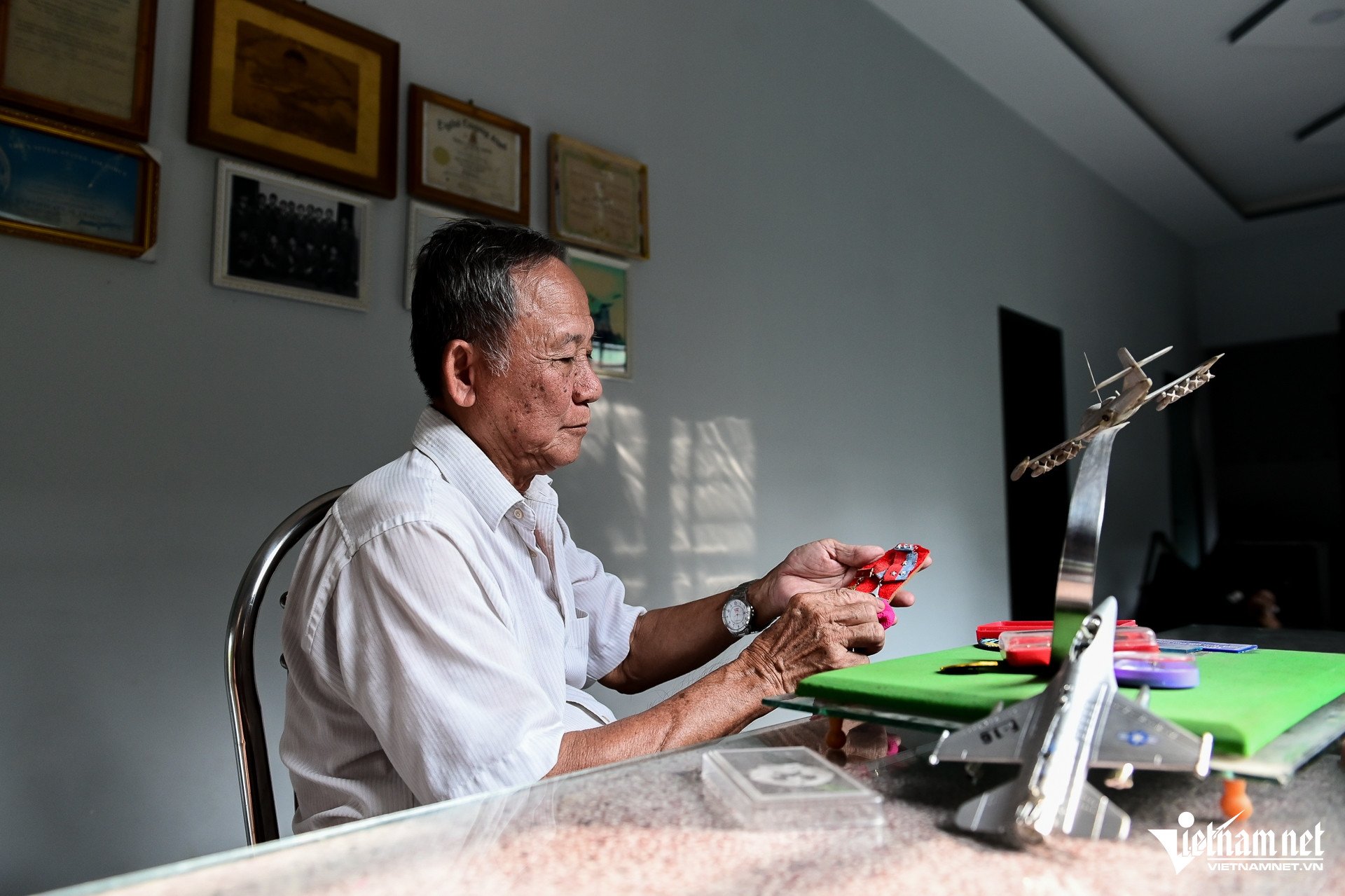
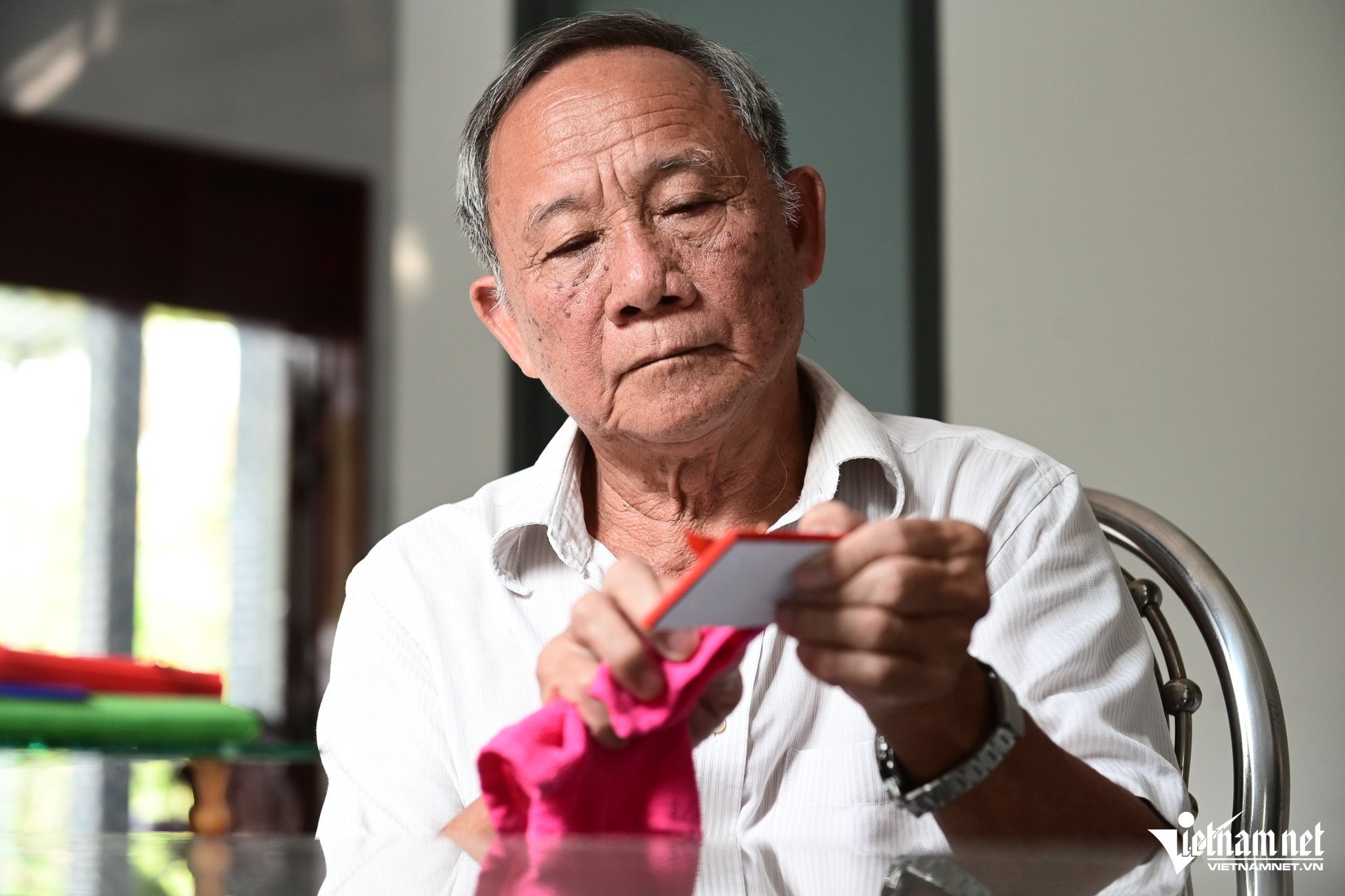






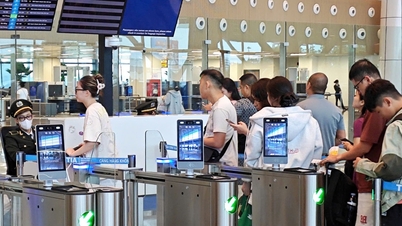

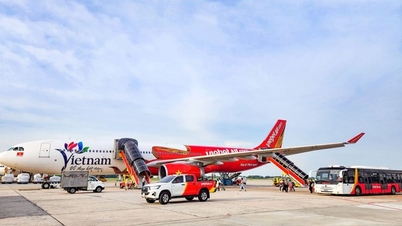

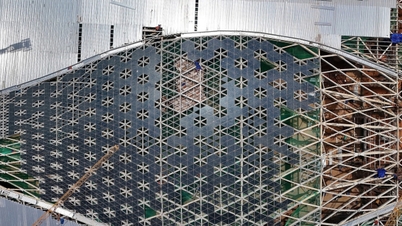



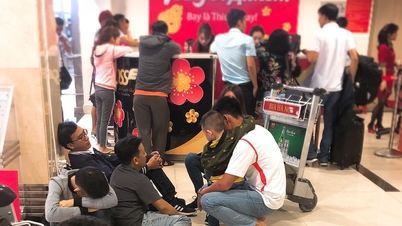


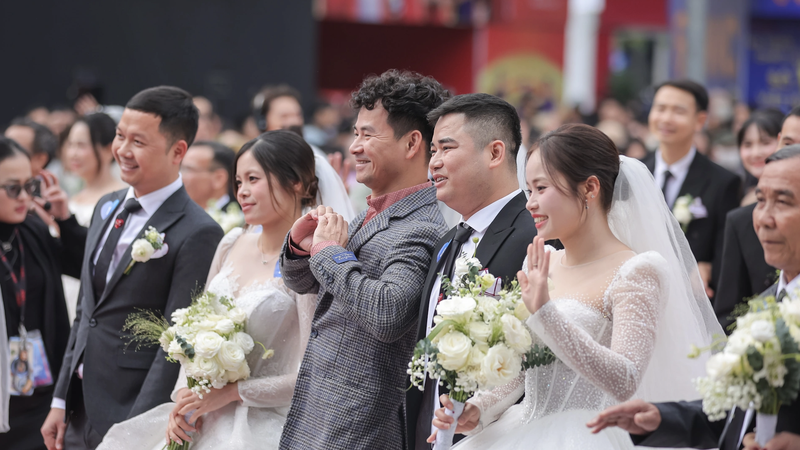



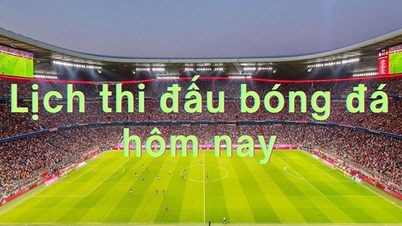
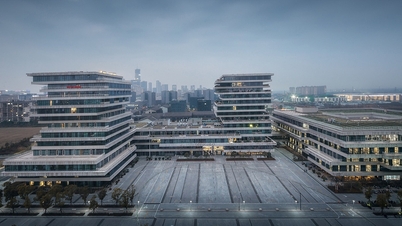
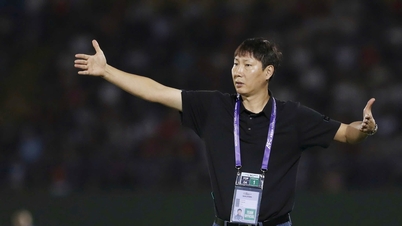



![[Photo] National Assembly Chairman Tran Thanh Man attends the VinFuture 2025 Award Ceremony](/_next/image?url=https%3A%2F%2Fvphoto.vietnam.vn%2Fthumb%2F1200x675%2Fvietnam%2Fresource%2FIMAGE%2F2025%2F12%2F05%2F1764951162416_2628509768338816493-6995-jpg.webp&w=3840&q=75)
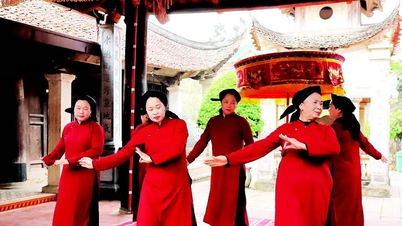

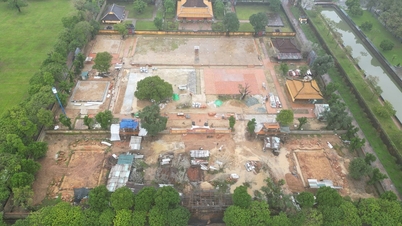

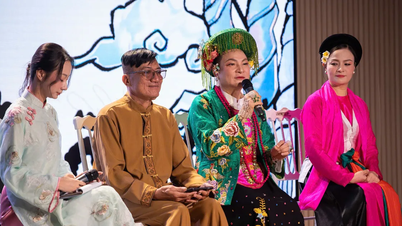



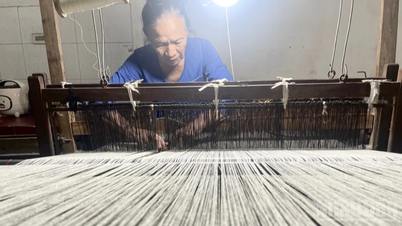

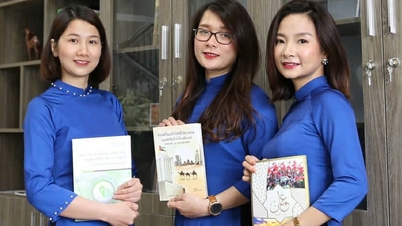
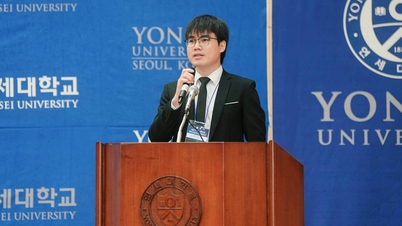
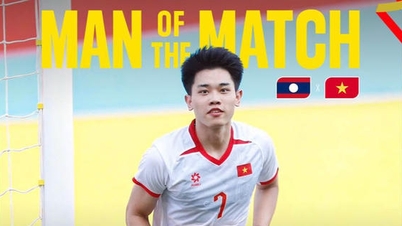



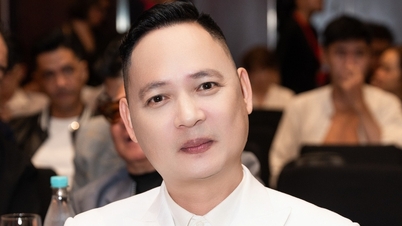
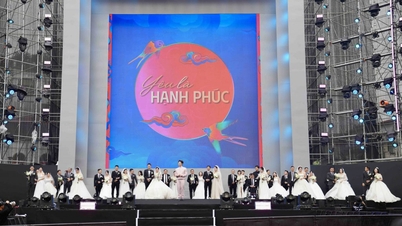




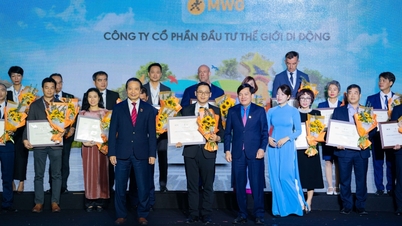
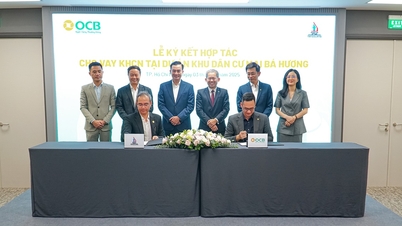






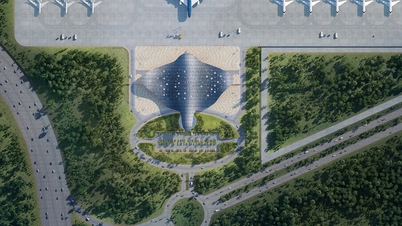


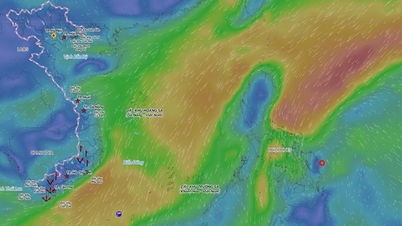


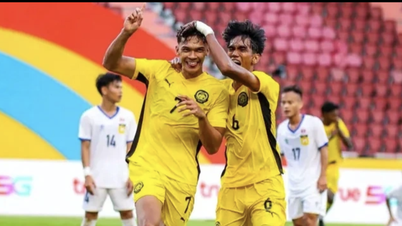
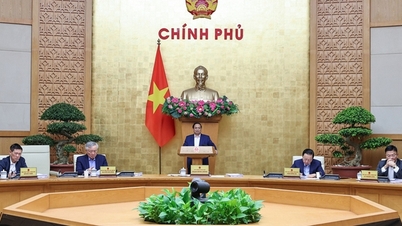

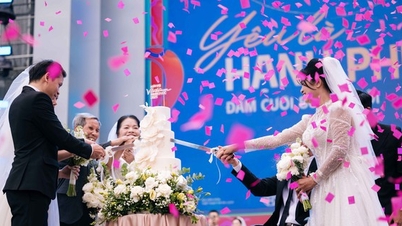
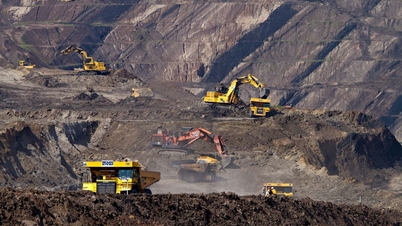

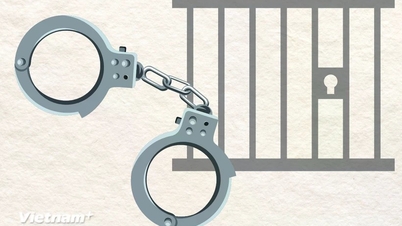

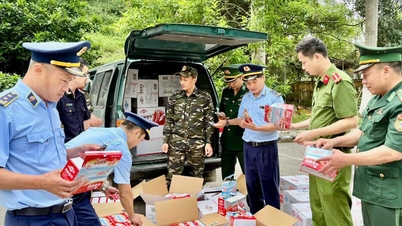
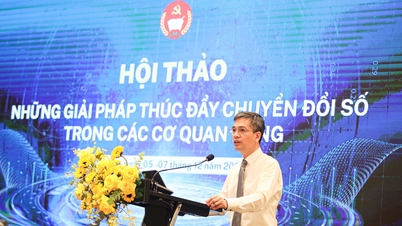
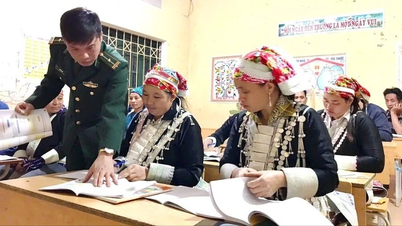



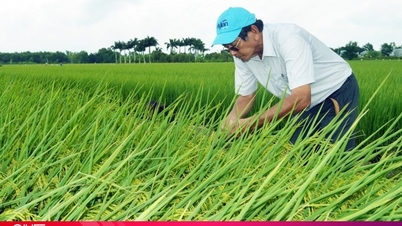
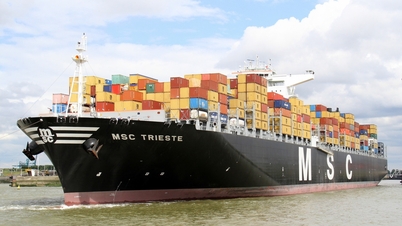













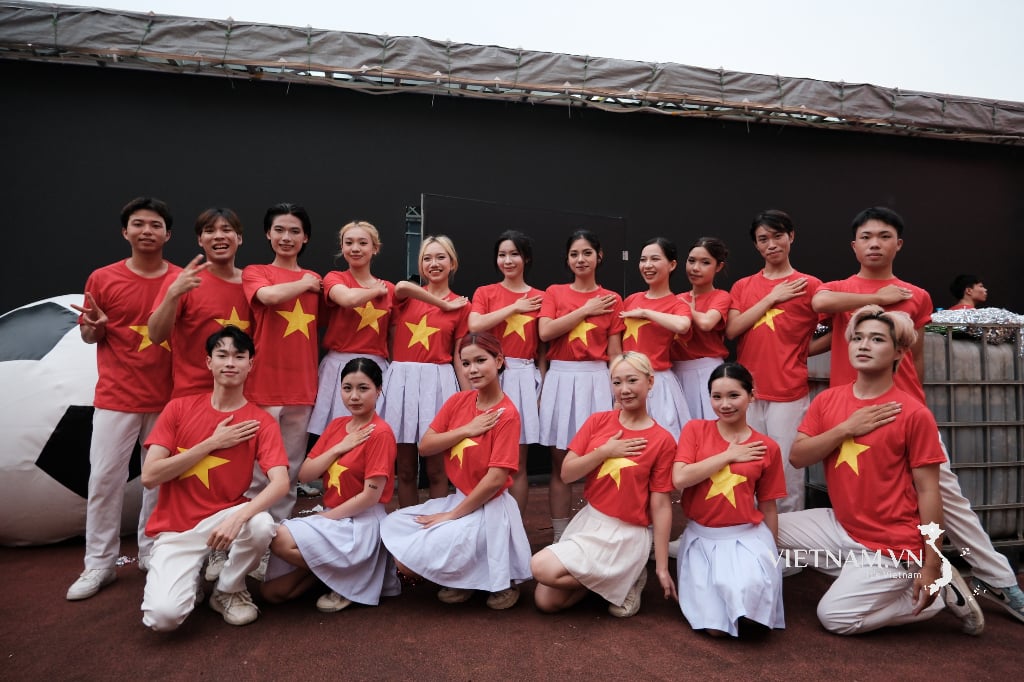


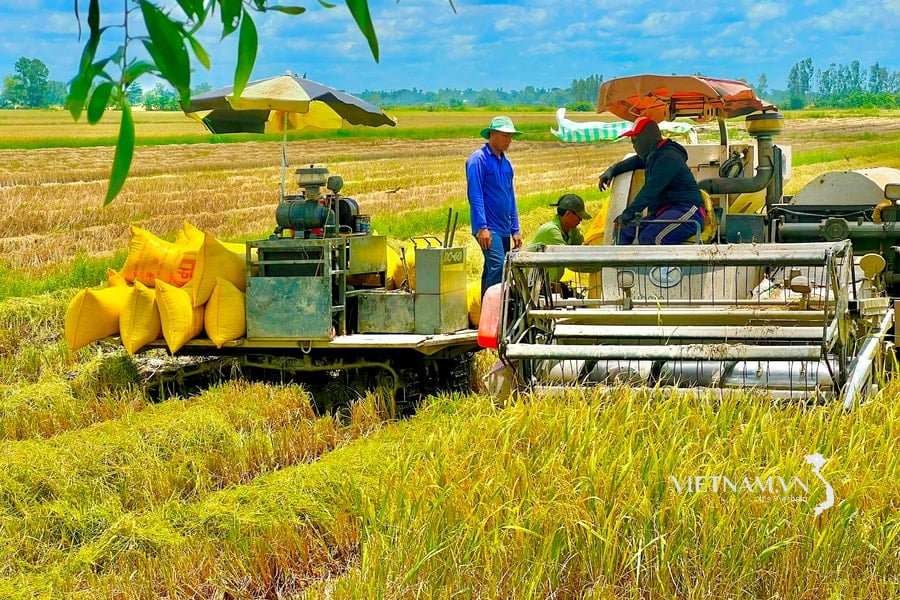




Comment (0)